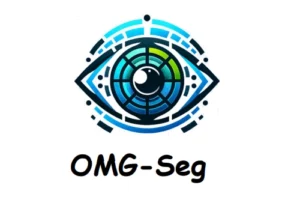Revolutionizing the world with a new AI model that will use text-to-fabric approach which teaches AI systems to talk about fabrics more smartly. This article focuses on how computer will understand the material of different fabrics. Text to fabric approach will focus on enhancing the vision of the language model in describing material visuals in different conditions such as how they will look in different lights. It will provide more accurate and details captions for fabric images.

The main goal of this research is to build a large-scale model of natural language with the appearance of the fabric allowing the model to understand different fabric efficiently. This model is trained on a dataset of human feedback which classify fabrics into different attribute. Text to fabric approach will allow AI system to map the feature of fabrics to languages model.
Building a dataset trained on human feedback enhance computer vision with the ability to recognize different attribute of fabrics accurately. They aim to create an AI tool that will help fabric industries such as fashion, design, and material engineering create descriptions for fabrics.Text to fabric approach is exploring fabrics of different materials and improving the material generation model to gain accurate results in less time. This research is done by different researchers including Valentin Deschaintre, Julia Guerrero-Viu, Diego Gutierrez, Tamy Boubekeur, and Belen Masia.

Historical Research Methods and Techniques
In the past researcher have worked on the text to fabric model to reduce the gap between the visual appearance of the fabric and natural language descriptions. Researchers have made a big list of words that people use in daily life to classify or describe fabrics such as soft, shiny, or smooth fabric. Researcher has use AI system to teach the model how to explain fabrics in different conditions.
It was hard for researchers to train the model on this dataset to achieve positive and accurate results. After a lot of effort, they were successful in making the model understand fabric in different lights and shapes. This new AI model can describe fabric better than the regular model. To check its accuracy the researcher did different experiments on it. The results of different experiments have improved accuracy and efficiency in describing the fabric in a detailed and accurate way.

Current Trends Using Text to Fabric Approach
The present research expanded the previous research by creating a strong representation of fabrics’ appearance using a fine model. An effective text to fabric approach is used that describes fabrics in different lighting conditions and shapes.

This makes it easy to implement in the real world. This AI model is impressively consistent and effective that can easily be applied to other materials. In the present research, it is tested on a list of keywords from other materials categories and target versatile industries using different material except for fabrics. This way the AI model becomes versatile and covers different domains.
Changing The Future
After a complete analysis researcher understands the importance of real-world factors such as a better representation of fabric appearance that helps users to find and choose fabric using simple language.An easy and more precise way that will benefit designers, architects, and artists to simplify their work and help them to choose the perfect fabric for their projects. A smoother work process that will spark industries with its innovation

Technical Details
New possibilities were opened that will be used to explore real fabric images in the dataset. This will make the model better at handling the real world’s problems and situations in the fashion and interior design industry. An innovative idea is used to create fabrics based text description and design fabrics using a powerful AI tool. This will help them to integrate the fabric images in the AI model.
This model will become more advance in understanding the dynamic fabric perception which will be used in visual clothing simulation and games. This will allow material-related research and advance technology to bring new innovation to the world. This research has made a huge impact on the world, using the vision-language model as text to fabric approach has the potential to transform fabric-related applications and other material. A huge progress is made that is changing the future.
Available Resources
This research paper is published on arxiv.org and paperswithcode.com. For better understanding, you can also read valentin.deschaintre.fr where additional information is present. Moreover, research has also published article on 3,000 material fabrics on valentin.deschaintre.fr. Adobe is also concerned about this research. As this model will be used by Adobe in the future. Moreover, its code and dataset will be published soon to the public.
Impact on Global Industries
It has enhanced design and creativity by reducing the gap between language models and fabric, allowing designers and artists to express their creative ideas in more effective way. People can use simple language to search and select fabrics and materials using this AI model. It allow designers to make design processes more efficient and convenient in all ways.

Not only that, it will facilitate people in material selection, manufacturing and leverage the suppliers to access improved language vision model to streamline the material selection process. This model has beat the natural language approach that does not allow customer and designers to search fabrics based on descriptions. It will use to boost the efficiency and growth of the manufacturing industry by allowing wide range of audience to access this approach including non-experts, experts and individuals with no technical background.
CLIP Using Text To Fabric Dataset
The research presents text to fabric approach with a comprehensive dataset that consists of 45,000 images of fabrics, each paired with a corresponding human-written textual description. Researchers have analyzed and curated a rich lexicon of fabric-related attributes, to classify them into 11 categories, such as color, pattern, texture, and material type. The researcher has used CLIP (Contrastive Language-Image Pretraining) model using the text to fabric approach.
CLP is an art vision-language model developed by OpenAI. This process includes training the model on textual descriptions, that are associated with fabric characteristics. The research shows outstanding CLIP model results that have beat the native CLP model as well as other baselines models in terms of describing fabric appearances.
Conclusion
In conclusion, a new AI model is used to understand fabrics more smartly and accurately. Text to fabric approach has the potential to transform industries like fashion, design, and interior. This dataset used 45000 images to analyze and understand fabric characteristics.
You can also check out latest blog here
Similar Posts
-
Chinese Company DeepSeek Releases DeepSeek-Coder a LLM for Code Generation

-
Alibaba’s Mobile-Agent: A Smart Mobile Assistant
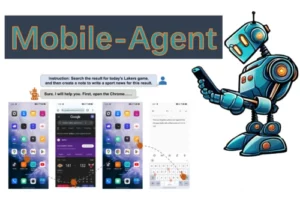
-
Grounded SAM: A Unified Model for Diverse Visual Tasks
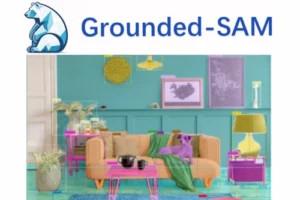
-
Gaussian Head Avatar: High Quality Head Avatar Generator
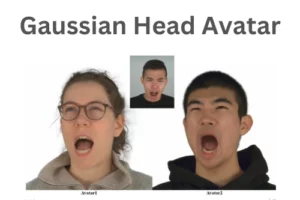
-
Google DeepMind’s AlphaGeometry: Without Assistance Solving Olympiad Geometry Problems
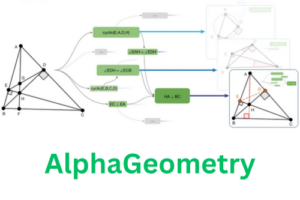
-
OMG-Seg: A Unified Segmentation Model
